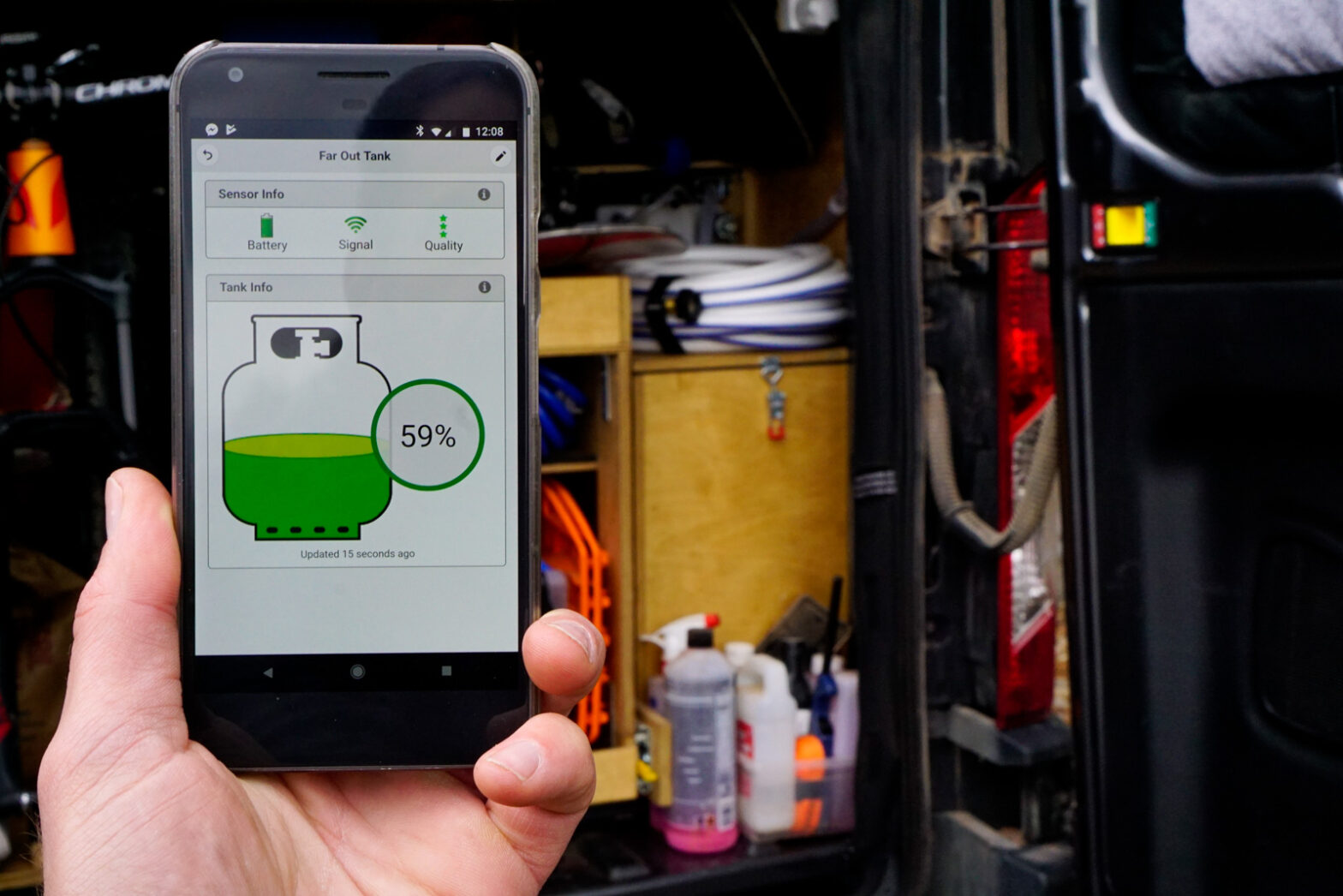New Technologies Make Monitoring Propane Levels Easier

Keeping track of propane levels is extremely important for both homeowners and businesses that rely on this fuel for heating, cooking, and other energy needs. Running out of propane can cause disruptions and discomfort. New technologies are now making it easier than ever to monitor propane levels and ensure a steady supply. Here are some of the latest advancements that are changing the way we manage propane tanks.
Smart Propane Meters
Smart propane meters are digital devices that automatically track propane usage and levels. These meters can be attached to propane tanks to provide real-time data on how much propane is left. The information is then sent to your smartphone or computer through an app. This allows you to check your propane levels at any time, from anywhere, without having to physically inspect the tank. Smart meters can also alert you when propane levels are low, so you can schedule a refill before the tank runs out.
Wireless Sensors
Wireless sensors are small devices that can be installed on propane tanks to monitor fuel levels. These sensors use wireless technology to transmit data to a central system or a mobile app. They are designed to work in various weather conditions and can provide accurate readings even in extreme temperatures. Wireless sensors are ideal for homeowners and businesses that have multiple tanks, as they can monitor all tanks from a single platform. This makes it easy to manage fuel supplies efficiently.
Propane Delivery Apps
Propane delivery apps are mobile applications that connect customers with propane suppliers. These apps allow you to order propane refills directly from your smartphone. Some apps are integrated with smart meters and sensors, which automatically alert suppliers when your propane levels are low. This automation ensures timely deliveries and helps avoid interruptions in service. Propane delivery apps are convenient for busy homeowners and businesses that want to simplify their fuel management.
Internet of Things (IoT) Integration
The Internet of Things (IoT) is a network of interconnected devices that can communicate with each other. IoT integration in propane monitoring systems allows different devices, such as smart meters, sensors, and delivery apps, to work together seamlessly. This connectivity enables better data collection and analysis, helping you to make informed decisions about propane usage and refills. IoT technology can also enhance safety by detecting leaks or abnormal usage patterns, thereby preventing potential hazards.
Remote Monitoring Platforms
Remote monitoring platforms are web-based systems that provide a comprehensive view of propane levels and usage. These platforms can be accessed from any device with an internet connection, allowing you to monitor propane levels remotely. They offer detailed reports and analytics on propane consumption, helping you to optimize energy usage and reduce costs. Remote monitoring platforms are particularly useful for businesses that need to manage propane supplies across multiple locations.
Benefits of New Technologies
The new technologies for monitoring propane levels offer several key benefits:
Convenience: With real-time monitoring and automatic alerts, you no longer need to manually check propane levels or worry about running out.
Efficiency: Automated systems help streamline the process of ordering refills and managing propane supplies.
Safety: Advanced monitoring technologies can detect leaks or unusual usage patterns, ensuring a safer environment.
Cost Savings: By optimizing propane usage and avoiding last-minute refills, you can save money on energy expenses.
New technologies are transforming the way we monitor and manage propane levels. From smart meters and wireless sensors to IoT integration and remote monitoring platforms, these advancements provide convenience, efficiency, safety, and cost savings. By adopting these technologies, homeowners and businesses alike can enjoy a reliable and hassle-free propane experience.













